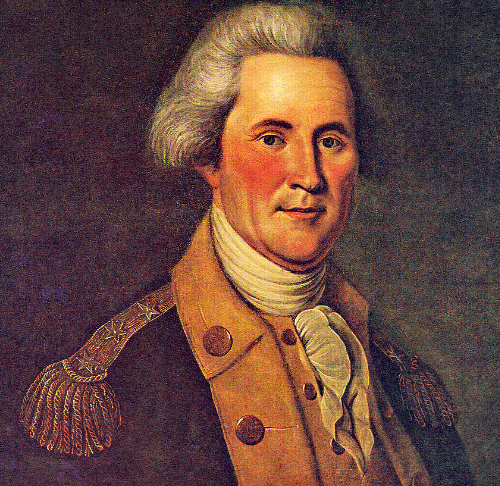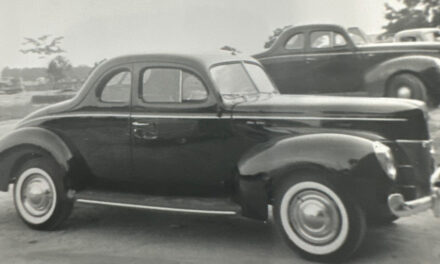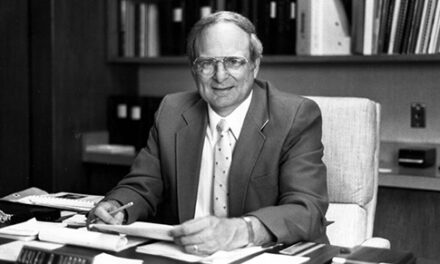
The day John Sevier escaped from jail in Morganton, there was no video to document how he did it. Here was a hero of the Battle of Kings Mountain, a man whose contribution helped turn the tide of the American Revolution, brought to Morganton for trial on a charge of treason. Everyone acknowledges that he arrived in chains. Few agree on how he left town.
Sevier was one of the Overmountain Men who felt insulted when Scot Colonel Patrick Ferguson, a commander of British forces, issued his famous “pissing proclamation” that threatened settlers not loyal to the King. Sevier and his colleagues hunted down Ferguson, engaged him and his troops in battle and killed the Colonel. Then, Sevier went home.
Living on the other side of the Blue Ridge, John Sevier felt the North Carolina government ignored him and his neighbors. He was right. NC tried to cede the land that is now Tennessee to the newly formed federal government. When they did not act on the offer, Sevier announced the organization of a new state, originally called Frankland (changed to Franklin to gain support from Benjamin Franklin) but Congress voted the proposal down. By then, Sevier had become governor of the new state. North Carolina took back their offer and eventually declared Sevier a traitor for his rival government. His adversary, Colonel John Tipton managed to capture Sevier and haul him to Morganton for trial.
Here’s where “accounts vary.” Sevier escaped, everyone agrees on that. But how? One story told that he was in court ready to face the charges, when a “James Cozby” (one of those spellings that have changed over time) stood up in court, caused a commotion that allowed Sevier to run to his waiting horse and get away. Quite dramatic, eh? It would make a great scene for a biopic on Sevier but some historians dispute the action.
Instead, they say Cozby found Sevier drinking in a bar in Morganton (Rees’ Tavern, one of four in town at the time) with Major Joseph McDowell, one of his fellow commanders from Kings Mountain. After Cozby explained what he was there to do, Sevier kept up the drinking and story telling for another couple of hours before he left. In this tale, McDowell posted bail for Sevier, that’s why he was not in jail at the time. Actually, this is my favorite version of the great escape. It would also make a great movie scene, with Sevier all gassed up, spinning ribald yarning about his exploits as a frontiersman, soldier, and politician.
A third version is probably closer to the truth, but much more dull. John Sevier’s jailer in Morganton was also a veteran of the Battle of Kings Mountain. Out of respect for his leadership, he let Sevier go quietly. If the simplest solution is always the best, this account is the most likely to have actually happened, though drab by Hollywood standards.
Sevier rode away from Morganton back to Tennessee to become the first governor of that state. That’s probably why North Carolina made no fuss. He was too popular as a politician to pursue him on charges that were specious anyway. He could have argued, if he had hung around to make his case, that NC was negligent, ignoring the needs of those in eastern Tennessee and leaving a leadership vacuum across the mountains which he filled. Such a charge would have been embarrassing to the Old North State. The governor of North Carolina, seeing no political advantage, probably said ‘let him go.’
Sevier was a colorful character. He had many enemies in his time including Andrew Jackson. They were supposed to settle a dispute by duel (Sevier called Jackson a “poor petty fogging lawyer”) but it never happened. He never lost a battle with Natives in the area, and when his wife died after the birth of their tenth child, he married again quickly to a woman he had saved earlier in an Indian attack.
So, we don’t know how the great escape happened. We are poorer historically since we don’t have an accurate story, but in lore we are richer with several grand (and perhaps drunken) variations on the chain of events detailing his jailbreak. They make for a larger-than-life image of one of our founding fathers. Video would have helped solve the mystery. Instead, it has been left to the imagination of subsequent generations. Let’s all raise a glass to that.
Photo: Portrait of General John Sevier, a founding father as controversial as any politician today.








